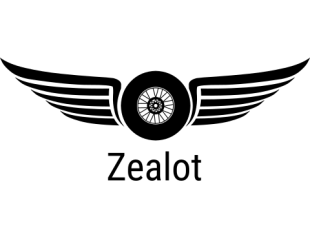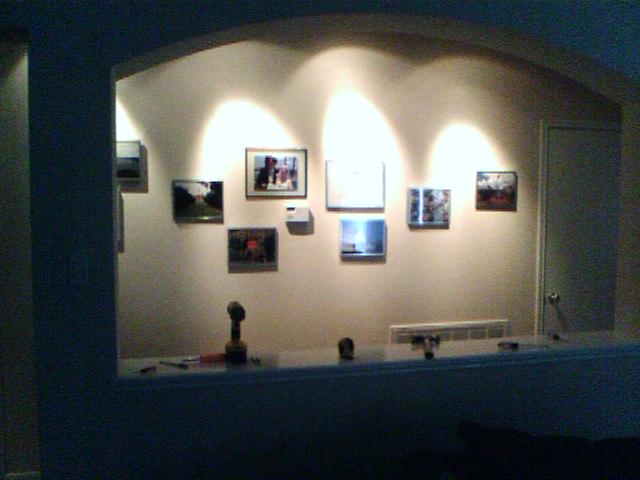I was wondering about this today.
Is there any benefit to using 2 24" fluorescents lights over a single 48" light? Or vice versa?
From what I gather, the single 48" light would eliminate "dark spot" between fixtures, and is a little cheaper than buying multiple shorter ones.
Guess I'm wondering if there's any disadvantages to using such a long bulb in a fixture. (ie: can the bulb itself develop "dead areas" or something)
Hope that makes sense
I ask cause I'm considering using the 46.25" 6400K (daylight) fixtures from these guys:
Microfluorescent T4 Linkable Light Fixtures, T4 Sleek Plus Fluorescent Fixture
Is there any benefit to using 2 24" fluorescents lights over a single 48" light? Or vice versa?
From what I gather, the single 48" light would eliminate "dark spot" between fixtures, and is a little cheaper than buying multiple shorter ones.
Guess I'm wondering if there's any disadvantages to using such a long bulb in a fixture. (ie: can the bulb itself develop "dead areas" or something)
Hope that makes sense
I ask cause I'm considering using the 46.25" 6400K (daylight) fixtures from these guys:
Microfluorescent T4 Linkable Light Fixtures, T4 Sleek Plus Fluorescent Fixture


